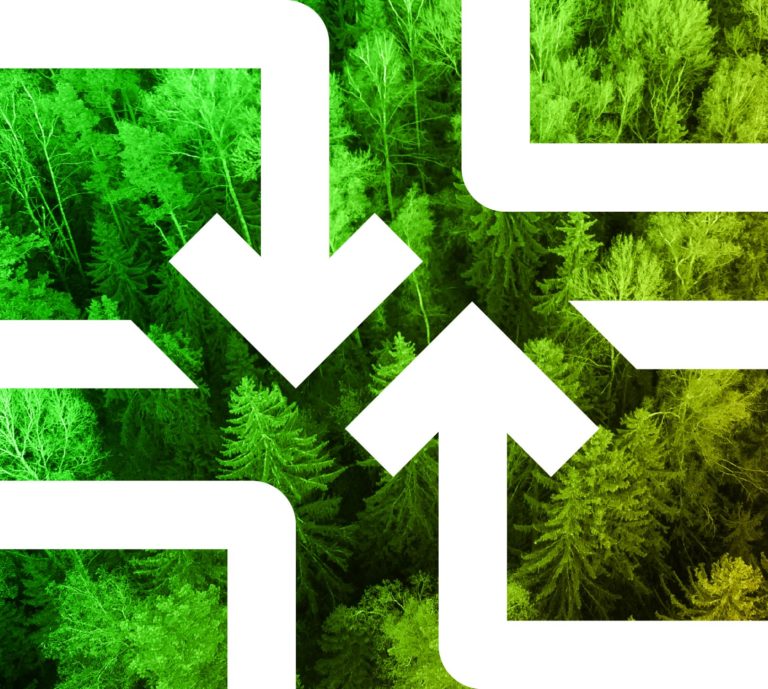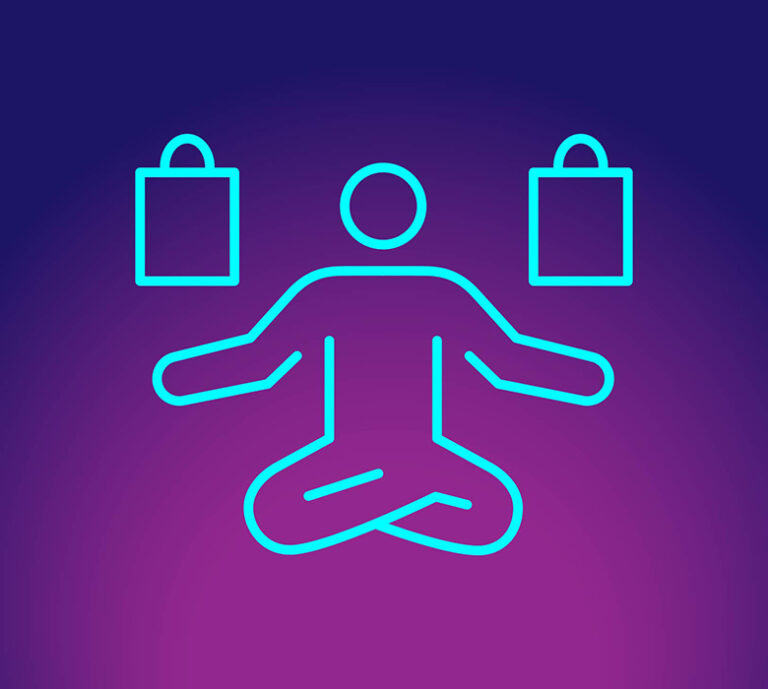×

Our Executive Director of Architecture, Glen Middleton, shares how brands should be approaching sustainable retail design.

One thing that is consistent about predictions is that they are consistently wrong. There is too much we don’t know, or can even begin to speculate, that will impact what could happen as soon as tomorrow’s headlines. And the past is not a good indicator of the future either. Even the most sophisticated weather prediction models running on super-computers cannot account for all the variables that can ruin your weekend outing. Running a business on “what we predict will happen” can make us feel good, but odds are high we will be wrong.
There is a big difference between acting on the uncertainty of future events and acting on what we already see happening, but choose to ignore. The human impulse to protect the status quo is more powerful than we like to think. Adding to that we can be blind to the incremental changes around us merely because we haven’t got the ability to evaluate the entire world in real time. This creates the “frog in the kettle” scenario where we don’t know we are building up to a fatal boiling point. The result is a cocktail of denial and accidental ignorance that can lead to a true existential crisis for any brand or business.
What we call “change” is actually more about how we increase the fidelity of our awareness of what’s happening, and acting in opportunistic, not defensive, ways. Change is not a threat, it is the only means of growth.
So how can we get this “high-fidelity” awareness? The first step, like all good rehab, is admitting we have a problem. At ChangeUp we have identified 5 fundamental barriers to change we help our clients overcome, and pivot from a defensive, to an offensive mindset.
Perhaps rooted deeply in our DNA is the need to protect what we have. Survival required clutching to scarce resources for dear life—literally. This presents itself today as holding onto investments and behaviors that are clearly declining in value because we are emotionally invested. We perceive the “sunk cost” to be such that if we walk away, the loss will be a waste of what we have already spent in time, effort, or money. We see loss aversion impacting business by overvaluing what used to work to drive sales, usually sacrificing missed opportunities to respond to what customers are actually thinking and doing.
The need to feel in control is important to our sense of safety, so we constantly seek order. Clutter at home may be solvable through some Marie Kondo techniques, but the potentially overwhelming chaos surrounding business decision making can make us over-edit what should and shouldn’t be on the radar. This results in tunnel-vision; categorizing our world based on our limited perception of it, managing only what we can see, and measuring what doesn’t matter. We see this most often happen with clients who have been in traditional retail, and perceive a fixed and finite set of competitors and dusty metrics, when in fact their customers are defecting to entirely new solutions because their attitudes are changing or they have found better alternatives.
Like our bodies, it’s as if our brains have a built-in immune system, but instead of fighting off biological threats, it fights off idea threats. We tend to look for evidence that supports our ideas and values, while minimizing or ignoring solid evidence to the contrary, seemingly to protect our mental well-being. Seeking only confirming information or opinions creates closed minds and resistance to change in business models. It is deadly to innovation and blinds us from actual threats until it’s too late to recover.
According to cognitive scientist Philip Fernbach, “an individual’s knowledge store is about one gigabyte, much less than fits on a typical USB thumb drive.” Without relying on the expertise of others, we are prone to irrationality, errors and ignorance. Studies abound illustrating this over-estimation of what we know, and how it invites disaster. The bottom line is that businesses need more and better inputs and expertise to stay vital. Institutional knowledge is insufficient. The notion that ‘ignorance is bliss’ is only confirmed by those few who have been lucky enough to survive.
Everyone loves a good story. In fact, in the absence of complete understanding we will fill in the gaps with stories that provide some sense of causality. We are incapable of accepting cliffhangers, or gaps in the plot, so much so that we will fabricate bridges and endings to suit us, usually aligning with our convenient theory of “what ought to be” versus what is. We find this destructive and a barrier to change because these false narratives perpetuate the status quo and are a poor substitute for critical thinking. Rear-view mirror explanations of past victories and inaccurately reverse-engineering the success of other brands is a huge trap (as is being persuaded by a media-fueled prediction.)
We have labeled these 5 truths “barriers” for good reason. For any business to be innovative, they must overcome some pretty big forces of human nature, and it is not easy. We believe in the power of change, and that hard work pays off. That’s why at ChangeUp, we think about change in terms of a mindset, not an outcome. We got past the idea that change is a threat long ago, but realize that everyone isn’t in the same place, so we made it our mission to help everyone catch up, and then move forward together. We pulled the idea of change apart and put it back together into processes, ways of listening and responding, and design thinking that is more constructive as a force of good—the origin point of what’s next and what’s better.


